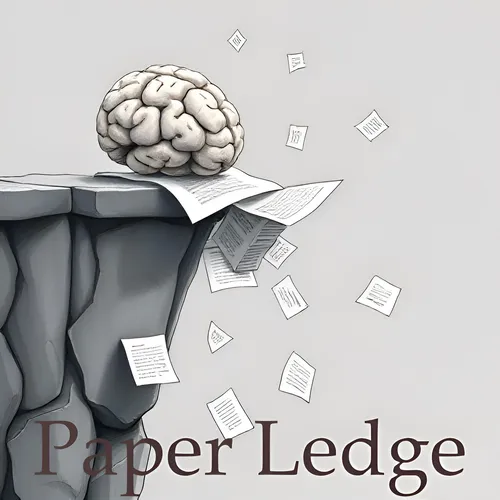Computer Vision - PolarAnything Diffusion-based Polarimetric Image Synthesis
- Author
- ernestasposkus
- Published
- Thu 24 Jul 2025
- Episode Link
- https://www.paperledge.com/e/computer-vision-polaranything-diffusion-based-polarimetric-image-synthesis/
Hey PaperLedge crew, Ernis here, ready to dive into some fascinating research! Today, we're tackling a paper that's all about making some pretty cool tech more accessible to everyone. You know how some cameras can see things that regular cameras can't, like how light is polarized? That special ability can help us see hidden details, enhance images, and even create 3D models. Think of it like having super-powered vision!
But here's the catch: these "polarization cameras" aren't exactly common. They can be expensive and tricky to use, which limits who can really play around with this tech. That's where this research comes in. The goal? To create realistic polarization images using just a regular, everyday photo. It's like turning a standard picture into a super-vision image, all with the help of some clever algorithms.
Now, in the past, scientists have tried to simulate polarization using computer programs, but these programs needed a ton of information. They needed detailed 3D models of objects and their materials, which takes a lot of time and effort to create. It’s like trying to build a virtual world from scratch just to test out this polarization trick. The paper introduces PolarAnything, a new method that changes the game.
So, what's so special about PolarAnything? Well, it's based on something called a "diffusion model." Think of it like this: imagine you have a blurry image, and you slowly add noise to it until it's completely unrecognizable. A diffusion model learns how to reverse that process – how to take that noisy mess and gradually turn it back into a clear, detailed image. In this case, the research team trained a diffusion model to generate polarization information based on a regular photo. Pretty neat, huh?
- No more reliance on complex 3D models: PolarAnything works directly from a single RGB image.
- Photorealistic Results: The generated polarization images look incredibly real.
- Physically Accurate: The polarization properties are not just visually appealing, but also scientifically sound.
The real magic lies in how they represent this polarization information. It's like finding the right code to unlock hidden details in the image. And the best part? This model is remarkably effective. It can generate high-quality polarization images that are not only visually convincing but also physically accurate. This means they can be used for other cool applications, like "shape from polarization," which is basically figuring out the 3D shape of an object just by looking at how light is polarized on its surface.
This is important because it opens up a whole new world of possibilities. Imagine:
- Better medical imaging: Seeing subtle tissue differences that are normally invisible.
- Improved object recognition in self-driving cars: Helping cars "see" better in challenging lighting conditions.
- More realistic augmented reality: Creating AR experiences that seamlessly blend virtual objects with the real world.
"PolarAnything eliminates the dependency on 3D asset collections."
So, what does all this mean for you, the PaperLedge listener? Well, if you're a researcher, this could give you a powerful new tool for your work. If you're a tech enthusiast, it's a glimpse into the future of image processing. And if you're just curious about the world around you, it's a reminder that there's always more to see than meets the eye.
Now, some questions that popped into my head while reading this paper:
- How well does PolarAnything handle really complex scenes with lots of different materials and lighting conditions?
- Could this technology be adapted to work with video, creating real-time polarization effects?
That's all for this episode, PaperLedge crew! Until next time, keep exploring and keep learning!
Credit to Paper authors: Kailong Zhang, Youwei Lyu, Heng Guo, Si Li, Zhanyu Ma, Boxin Shi
